
Kategória: 4. Creation of the modern states (1918-1920)
-
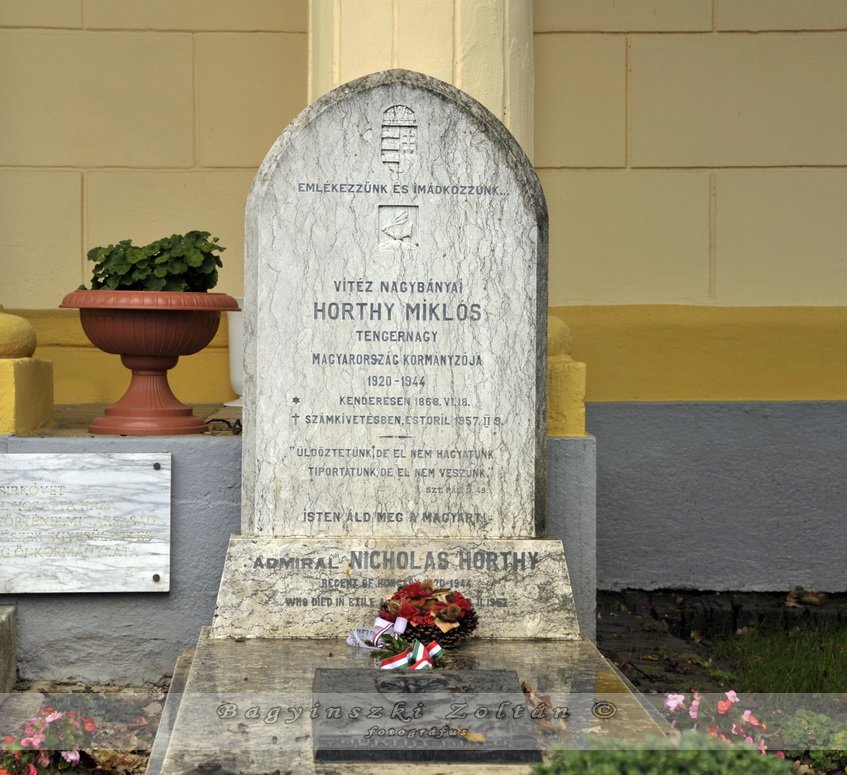
Grave of Miklós Horthy in the municipal cemetery of his birthplace Kenderes, Hungary.
Memory of Horthy – Kenderes
Memory of Horthy – Kenderes Fact of the Hungarian figure „Arrival of Horthy” Part of the „Creation of the modern…
-
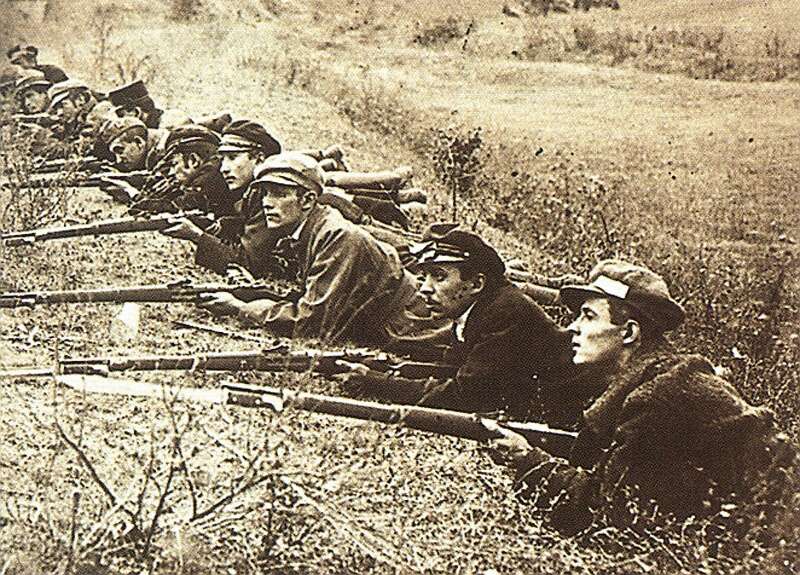
Opposing the legitimists, a hastily assembled group of Budapest university students—organized by Gyula Gömbös on October 22—attempted to resist Charles IV’s advancing forces. Despite lacking trained officers, their armed clash at Törökugrató with royal troops on October 23 resulted in casualties on both sides and effectively halted the royalist advance, as the attackers overestimated the defenders’ strength.
Battle of Budaörs – Charles I of Austria’s attempts to return the throne of Hungary – Budaörs
Battle of Budaörs – Charles I of Austria’s attempts to return the throne of Hungary – Budaörs Fact of the…
-
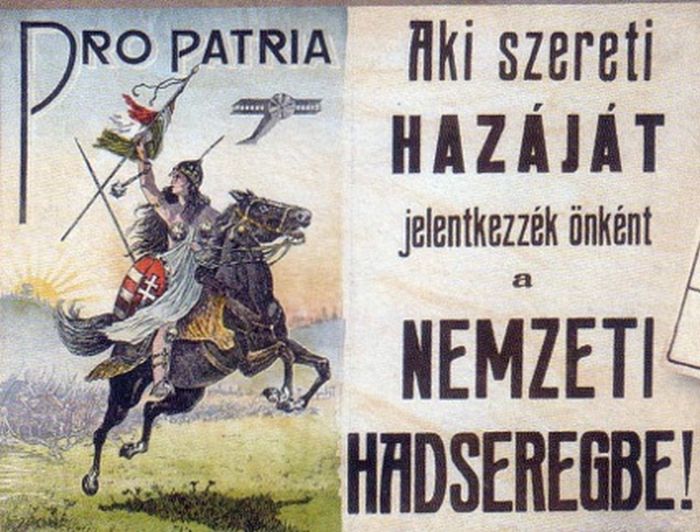
Following the dissolution of both counter-governments by the Entente, Horthy asserted independence by issuing Decree 40/1919.1 on June 9, 1919, establishing the National Army in Szeged. As thousands of returning front-line soldiers joined him, he marched to Transdanubia, where the independent High Command operated from Siófok between August 13 and November 16, 1919.
Horthy: the Leader of the National Army – Siófok
Preludes – Horthy: the Leader of the National Army – Siófok Fact of the Hungarian figure „Arrival of Horthy” Part…
-
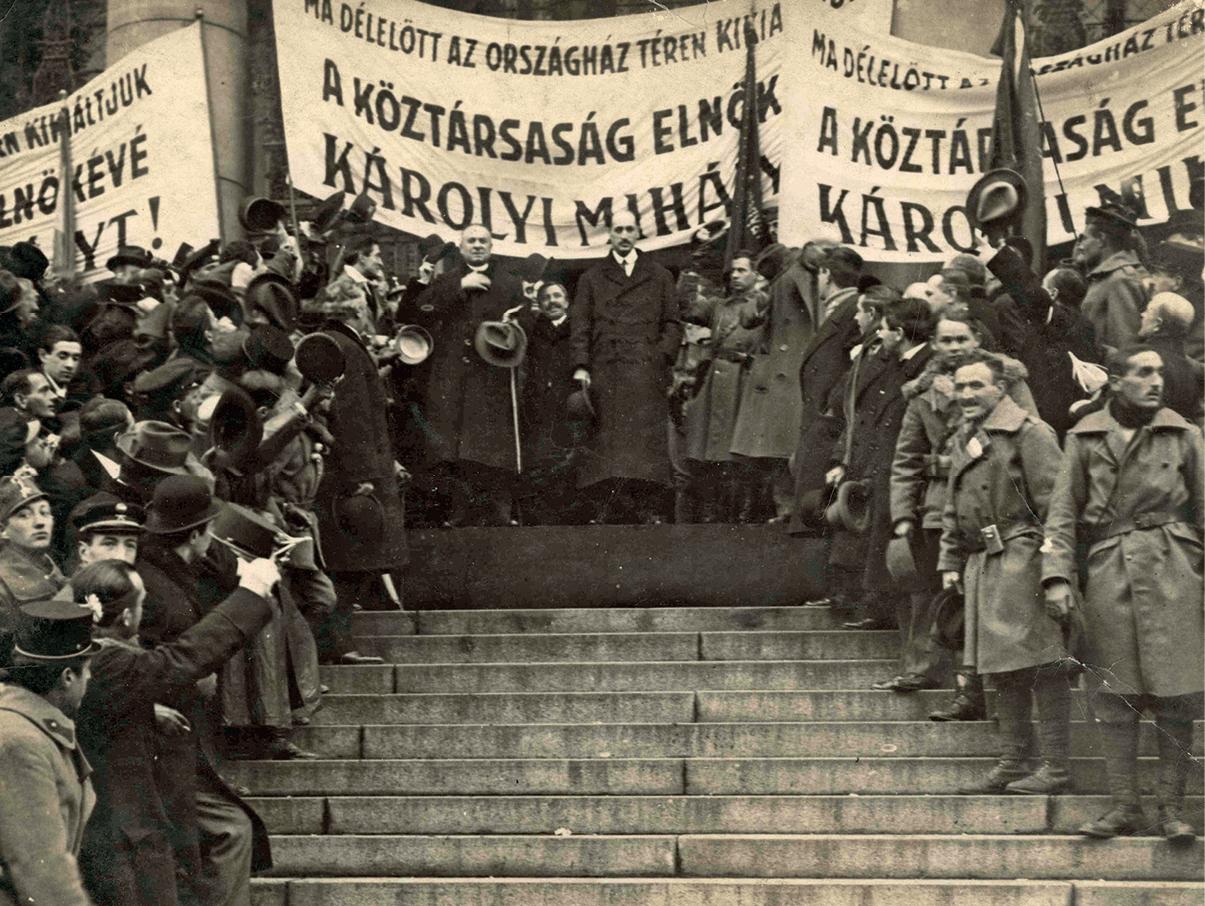
Károlyi giving a speech after the proclamation of the republic in front of the Parliament on November 16, 1918 – Earlier that month, Károlyi had been released from his oath to the monarch and his government was sworn in as a „people’s government” under the authority of the Hungarian National Council. Following King Charles IV’s abdication, the expanded National Council proclaimed the republic on November 16 — envisioning a multi-party parliamentary democracy based on general and secret elections — and on January 11, 1919, elected Károlyi as provisional president, granting him the right to enact “people’s laws.”
Aster Revolution – Hungarian Soviet Republic – Astoria Hotel, Budapest
Preludes – Aster Revolution – Hungarian Soviet Republic – Astoria Hotel, Budapest Fact of the Hungarian figure „Arrival of Horthy”…
-
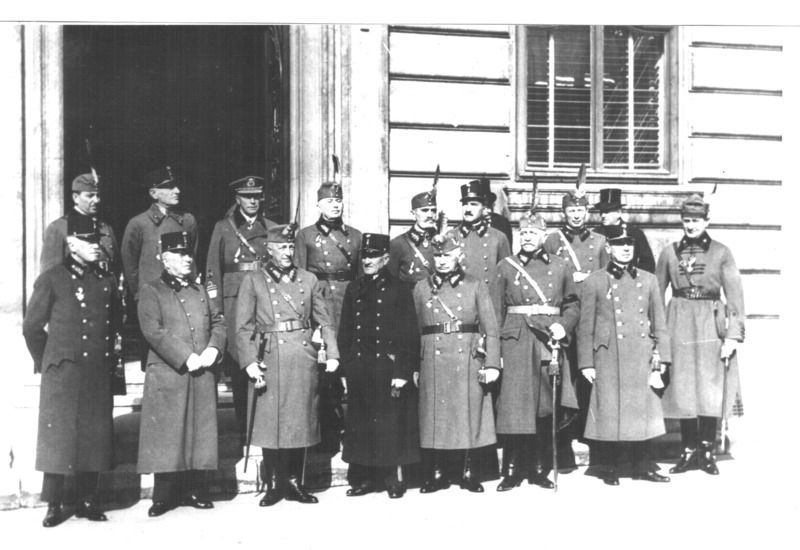
The photograph shows the third Szeged counter-government, a key force in Hungary’s post-World War I recovery. Formed after internal divisions and external pressures, this temporary government aimed to unite anti-communist national forces and reestablish political order after the collapse of the Hungarian Soviet Republic. Although fragile and short-lived, it played a crucial role in organizing the National Army under Horthy Miklós and laying the foundations for Hungary’s political transition in 1919.
Counter-revolutionary governments and the Anti-Bolsevista Comité – Szeged
Preludes – Counter-revolutionary governments – Szeged Fact of the Hungarian figure „Arrival of Horthy” Part of the „Creation of the…
